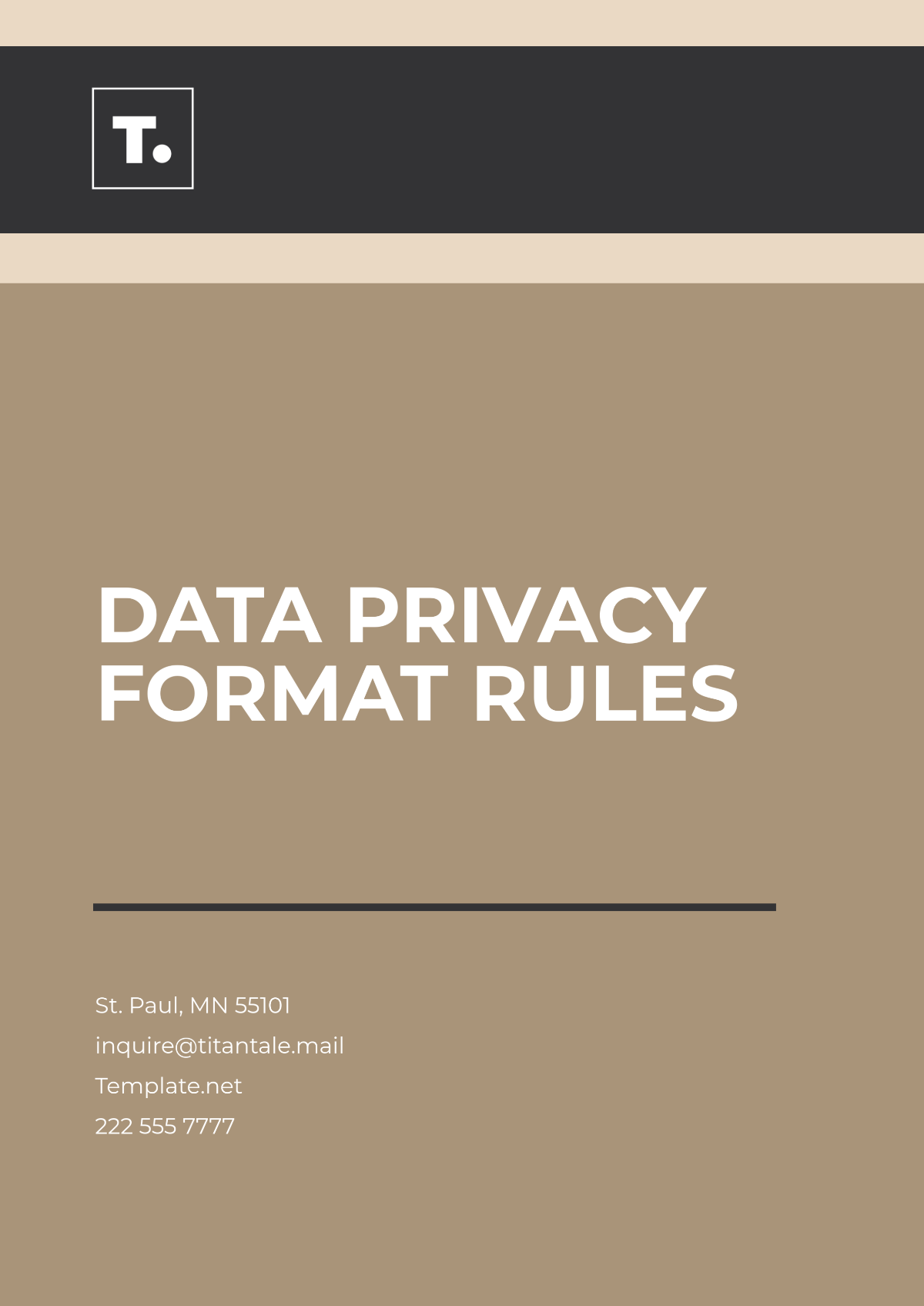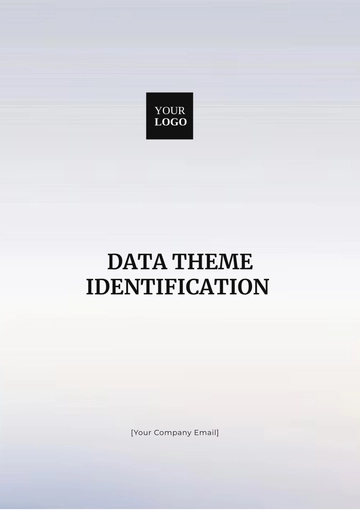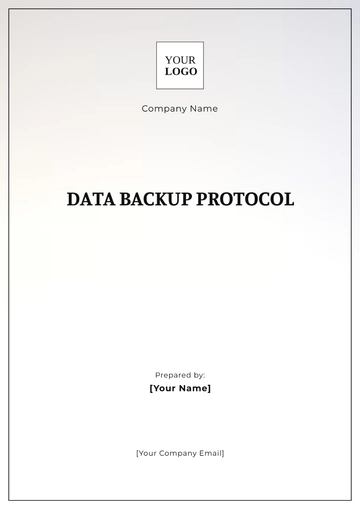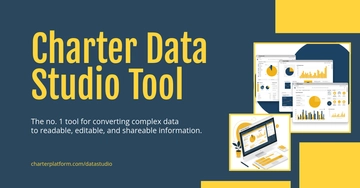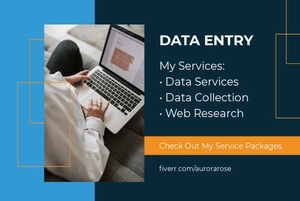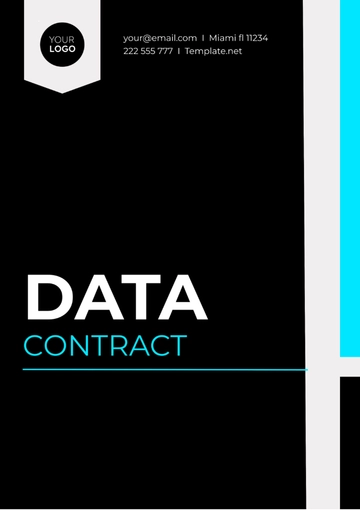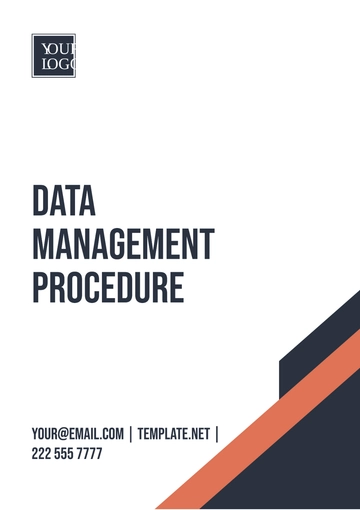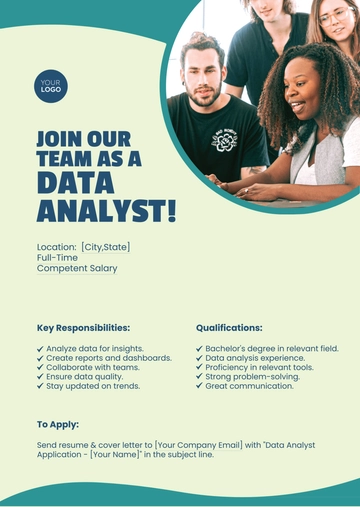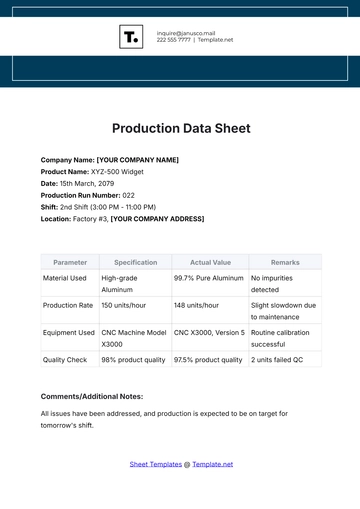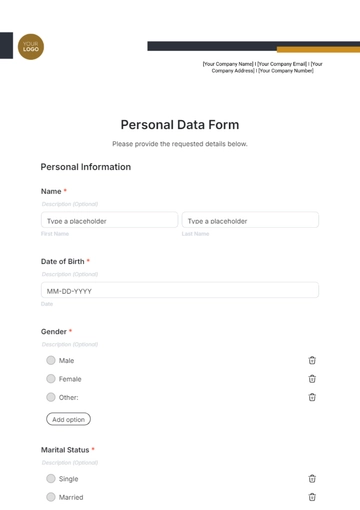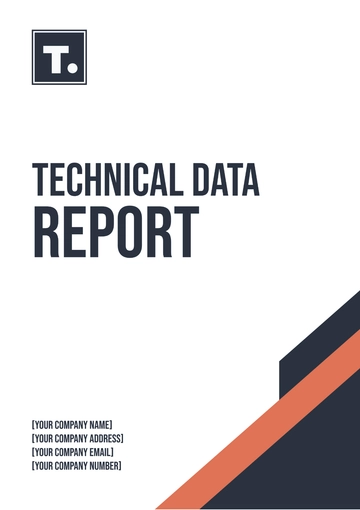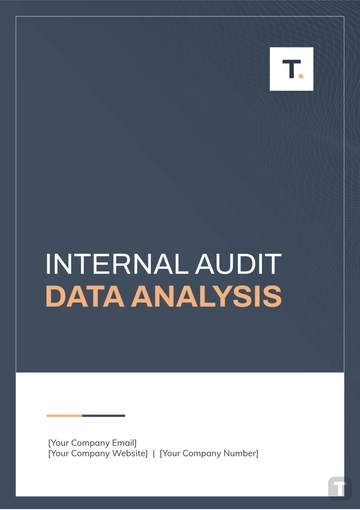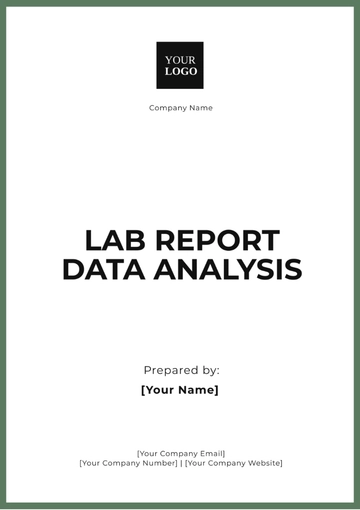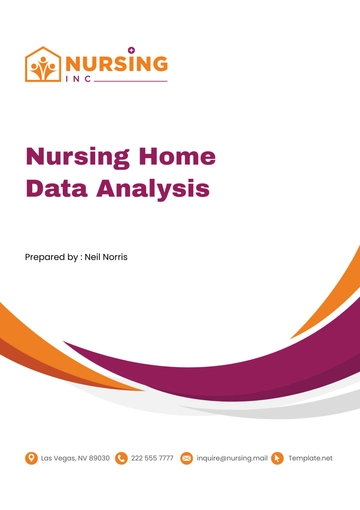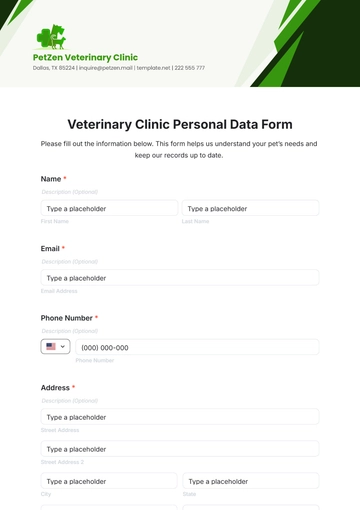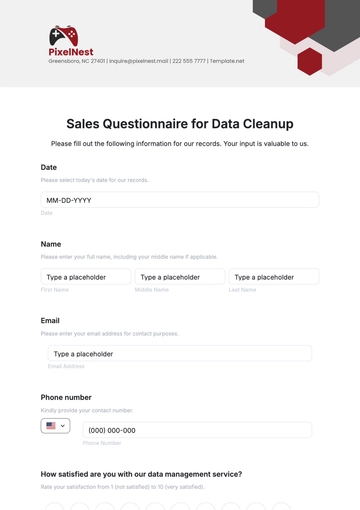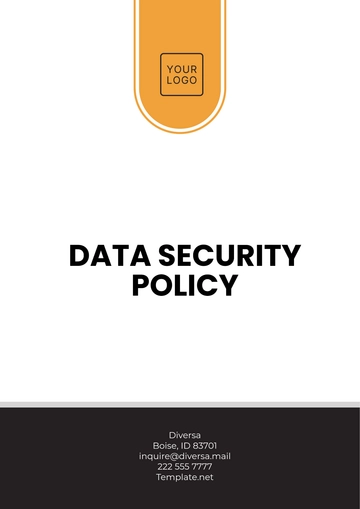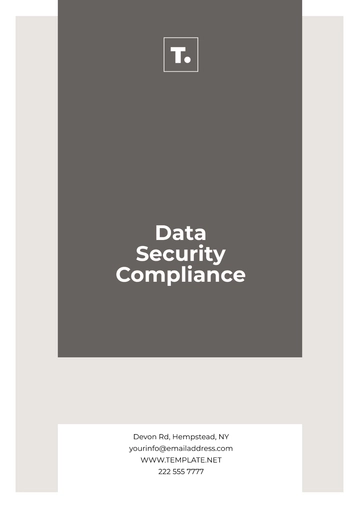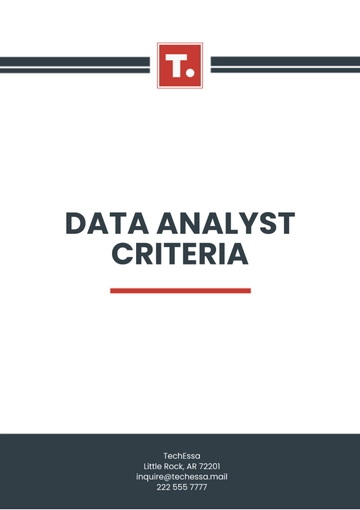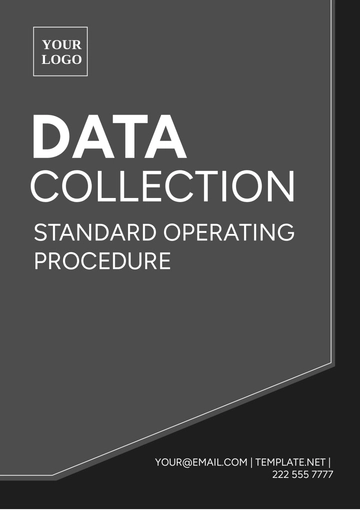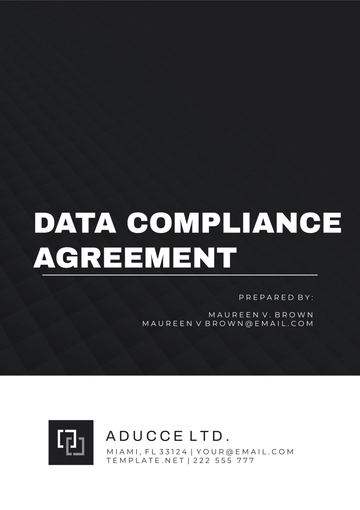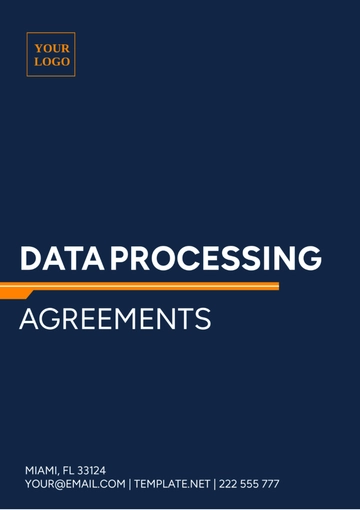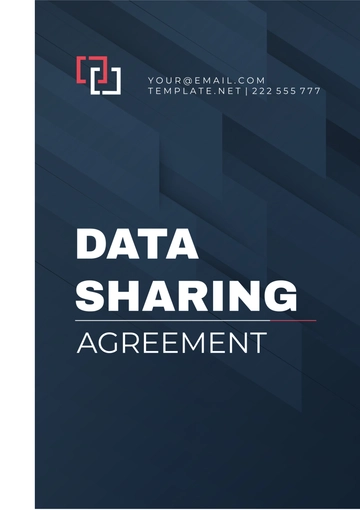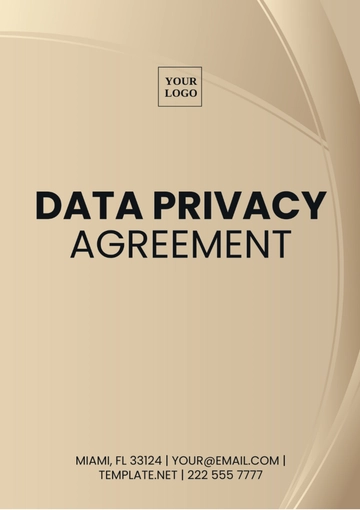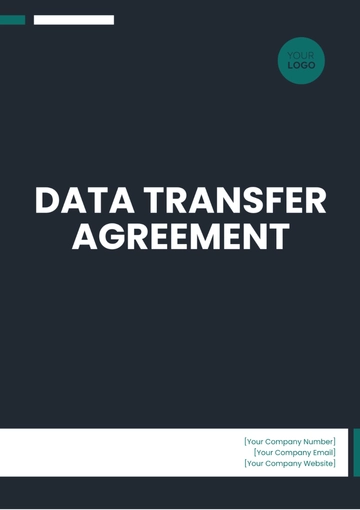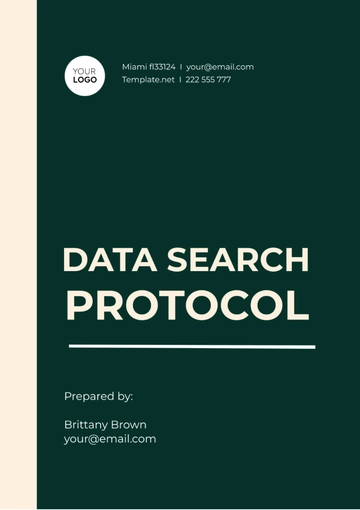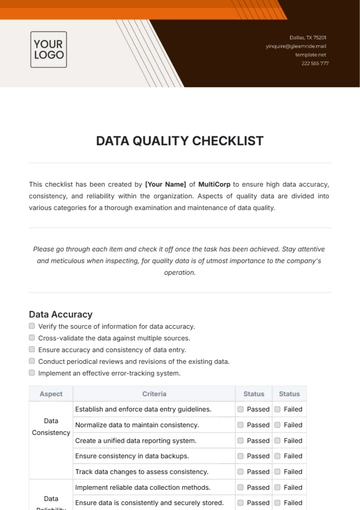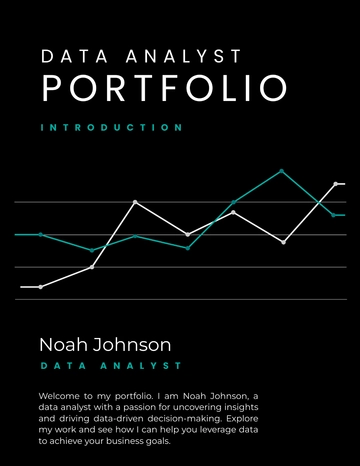Data Privacy Format Rules
Prepared by: [Your Name]
I. Introduction
This document outlines the rules and guidelines for handling personal data in compliance with applicable data privacy laws and regulations. Organizations must adhere to these standards to protect individuals' privacy and ensure secure data processing practices. The rules aim to establish a clear and consistent approach to the collection, storage, access, transmission, and security of personal data.
II. Definitions
Personal Data: Any information that can identify an individual, directly or indirectly, including names, contact information, or online identifiers.
Data Subject: An individual whose personal data is being processed.
Data Controller: The entity that determines the purposes and means of processing personal data.
Data Processor: An entity that processes personal data on behalf of the data controller.
Processing: Any operation performed on personal data, such as collection, storage, alteration, or dissemination.
III. Data Collection
Organizations must ensure that personal data is collected in a lawful, transparent, and fair manner.
A. Consent
Personal data must only be collected with the explicit consent of the data subject unless another legal basis applies.
Consent must be freely given, informed, and unambiguous.
B. Purpose Limitation
C. Data Minimization
IV. Data Storage
Data must be securely stored and retained for no longer than necessary.
A. Secure Storage
B. Retention Period
V. Data Access
Access to personal data must be strictly controlled and limited to authorized individuals.
A. Authorization
B. Role-based Access Control
VI. Data Transmission
When personal data is transmitted, appropriate measures must be taken to protect it during transit.
A. Encryption
B. Secure Channels
VII. Compliance and Auditing
Organizations must regularly assess and audit their data processing practices to ensure compliance with data privacy regulations.
A. Regular Audits
B. Reporting
VIII. Security Measures
Appropriate security measures must be implemented to protect personal data from unauthorized access, destruction, or alteration.
A. Technical Measures
B. Organizational Measures
IX. Penalties and Enforcement
Non-compliance with data privacy rules may result in severe penalties and enforcement actions.
A. Fines
Organizations that fail to comply with data privacy regulations may face significant fines, potentially reaching up to 4% of annual global turnover or €20 million (whichever is higher), as stipulated by regulations like the GDPR.
B. Legal Action
C. Corrective Measures
Rules Templates @ Template.net
